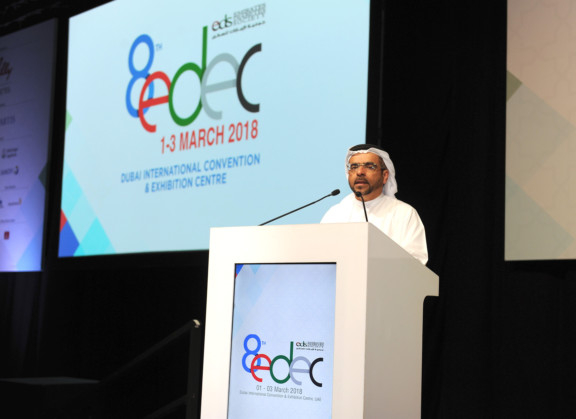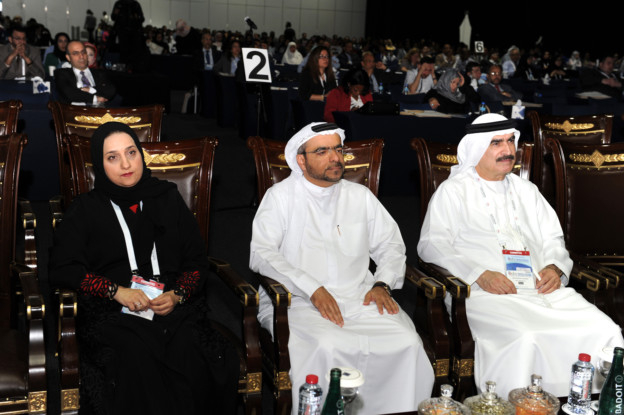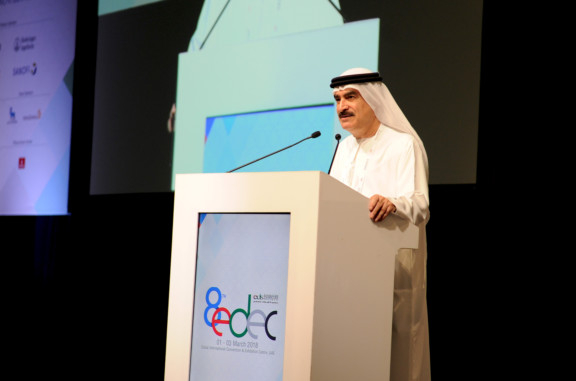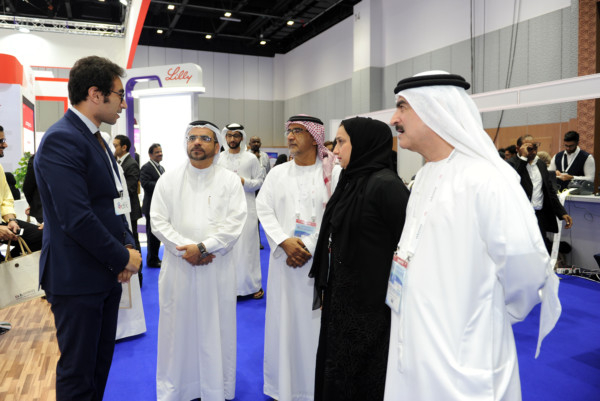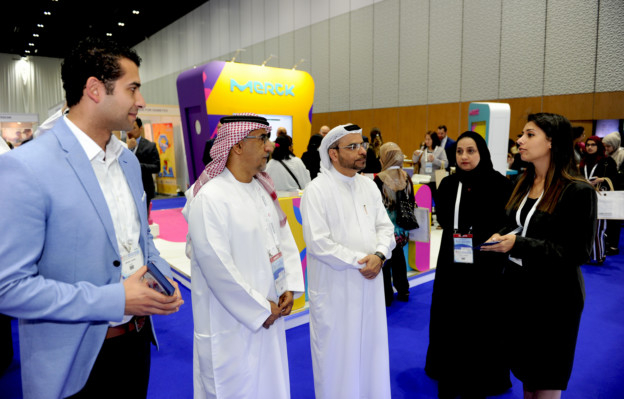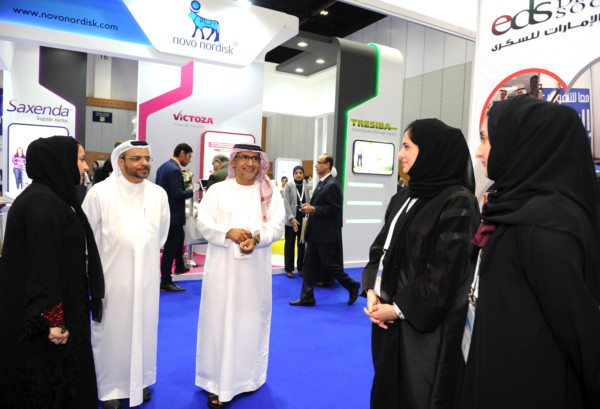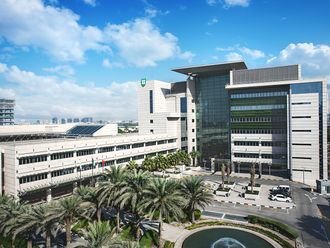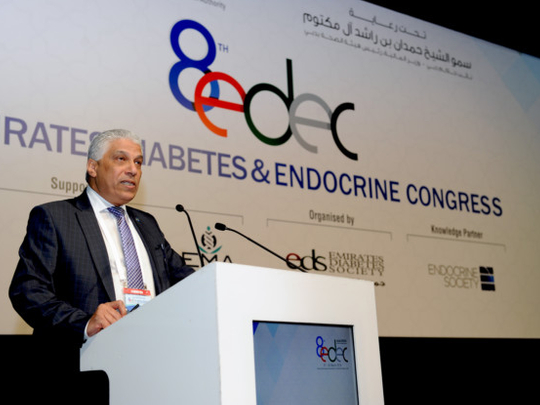
Dubai: Over 37.1 per cent of nationals residing in Dubai are either diabetic or pre-diabetic and nearly 31.1 per cent of the expatriate population of the emirate falls in the same category.
Dr Fatheya Al Awadi, the chair of the DHA Diabetes Committee and head of the Endocrinology Department at Dubai Hospital, presented new statistics on the disease on Thursday at the opening ceremony of the 8th Endocrinology and Diabetes Congress being held in Dubai.
Analysing the statistics, which are based on a survey conducted by the Dubai Health Authority from 2014-2017 among 5,000 families, Dr Al Awadi said, “The prevalence of diabetes among nationals was 19 per cent. Of these, 50 per cent were cases of people previously diagnosed with the disease while 50 per cent were nationals who were not aware that they had diabetes and only knew about it after they were diagnosed during the survery.”
In expatriates, the prevalence of diabetes in Dubai stood at 14 per cent, of which only 30 per cent were previously diagnosed cases while 70 per cent were those who were not aware of their condition until the survey.
Dr Al Awadi expressed the view that, with greater awareness and education, it would be possible to control the incidence of diabetes and also help those diagnosed with the disease to manage their condition better.
Dr Mohammad Hassanein, consultant endocrinologist at Dubai Hospital, presented the statistics on pre-diabetes. “Nearly 37.1 per cent of the population is pre-diabetic. These are people with a glyclated haemoglobin or HbA1C reading of anything between 5.7-6.4. It is important to educate the pre-diabetic about nutrition, exercise, weight reduction, cutting out direct and simple sugars and other lifestyle changes as these people can either reverse their condition or even delay the onset of diabetes.
“Diabetes damages all vital organs and so, if it is detected at this stage, preventive measures can be deployed immediately,” said Dr Hassannein.
Dr Laila Al Marzouqi from DHA corroborated Dr Hassanein’s findings. Dr Marzouqui, who is completing her doctorate at the UAE University, highlighted a survey she conducted among 605 people of local or Arab descent in 2016 in Al Ain. She told Gulf News: “In my survey, I found, of the 605 people of both genders, nearly 37.6 [per cent] were pre-diabetic and 18.7 were diabetics. It is very essential for us to work out ways to educate the pre-diabetic and reverse their condition so that we can lower the incidence of diabetes.”
Dr Ahmad Bin Kalban, CEO of the hospital services sector at the DHA, who gave the keynote speech and inaugurated the three-day Congress, said diabetes was a worldwide threat. “The World Health Organisation has predicted that nearly 642 million people will be diabetic by 2040 and it will be the seventh highest cause of death globally by 2030. We have to get people to change their lifestyle, exercise, eat healthy and keep their weight down. Only then will we able to meet the challenge the disease poses.”
Dr Al Awadi told Gulf News: “Among the many things planned to combat the prevalence of the disease was the establishing of a national registry in the near future now that all medical records are consolidated.”
There was also a suggestion to consider taxing sugar-based products in the next phase while specific education of the public about making healthy lifestyle changes was another recommendation.
A few Emirati men and women shared their stories about how they were managing their lives while battling Type I diabetes.
Shamama Mejren Al Merri, 28, said, “I have lived with diabetes for 20 years. It is a part of me but not all of me,” she told the audience.
Mohammad Al Hashidi also shared his story of being the only one in his family to be diagnosed with Type 1 diabetes at the age of 17. He expressed his resolve to manage the condition and go for further studies abroad as he sought to inspire others with the condition to take on the challenge of managing their lives better.
The three-day event is being supported by the Emirates Diabetes Society and the US society of endocrinology and features several international diabetologists and endocrinologists, besides pharmaceutical representatives.
What is HbA1C?
HbA1c or glycated haemoglobin is an indicator of an individual’s blood sugar levels for three months. The haemoglobin protein in our red blood cells combines with a molecule of glucose and turns into glycated haemoglobin. In non-diabetics, HbA1C is between 5.2 to 5.5, it is about 5.5 to 6 in pre-diabetics and in cases of people with diabetes, the HbA1c reading can be anything beginning from 6 up to 14. The higher the HbA1C level, the more severe is the diabetic condition of the patient.


